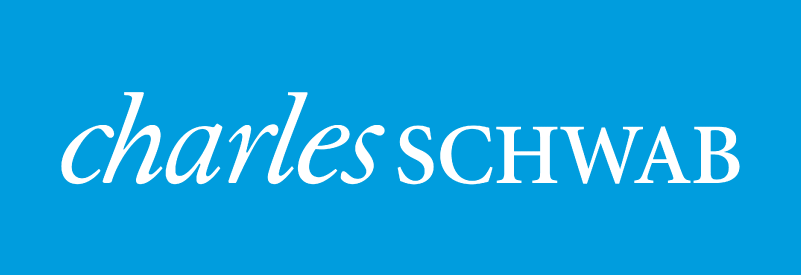October 31st, 2014
October was anything but boring. After falling 8% month to date through October 15th, the bulls came charging back into the S&P 500 with a gain of nearly 11%. The DJIA saw triple digit moves in 16 of 23 trading days as volatility was pronounced. The ECB began the month underwhelming investors with what was perceived as a weak response to anemic conditions in Europe. However, growth and Ebola concerns in the U.S. began to fade mid‐month with FOMC members portraying constructive views of the U.S. economy and U.S./global pandemic fears receding.
Decent quarterly earnings results (earnings +4.05% and revenue +9.35%) also worked to elevate the S&P back to record highs. The NASDAQ is actually within striking distance of the dot com bubble highs from March 2000. Non‐U.S. markets did not fare as well with most European markets posting sizable losses while emerging Asia (China, India, Taiwan) posted nice gains. A big factor in non‐U.S. returns this year has been foreign currency weakness versus the strong U.S. dollar.
U.S. 3Q GDP beat expectations (3.5% vs 3.0%) supporting the Fed’s constructive view of the U.S. economy. The job market continued to post encouraging results. Labor market participation rates seem to have stabilized, both headline (5.8%) and U‐6 unemployment (11.5%) have improved materially, and we are in the midst of the longest consecutive monthly TNF payroll expansion since WWII.
A significant surprise stimulus move by the Bank of Japan (BOJ) at month end added to the bullish sentiment. The BOJ targeted an increase in base money 25% higher than previous (to $726B/yr.), more than making up for Fed Tapering. The BOJ also announced an increase in government bond purchases by $267B and extended durations. Lastly, they will triple purchases of ETFs and real estate. As if that wasn’t enough, the Japanese GPIF (pension fund) announced a doubling of its equity allocation from 12% to 25%, which should lead to $500B in global equity purchases.
Fixed income markets performed well as October saw the 30yr U.S. Treasury bond yield fall below 3%. While interest fell, high yield spreads tightened approximately 10bps on the month adding to returns of riskier bonds. September inflation data, released in October, remained benign at 1.7% but was marginally above forecast. Commodity markets had another rough month, particularly in energy and precious metals. U.S. oil supply gains coupled with Saudi price cuts, and OPEC production increases resulted in a collapse in oil prices to near $80/barrel.




Leave a Reply